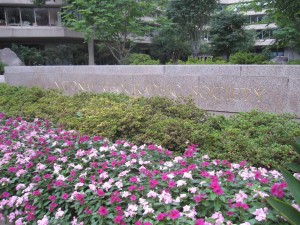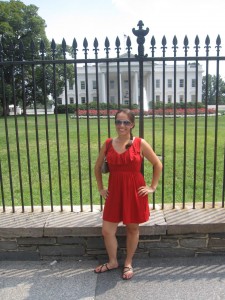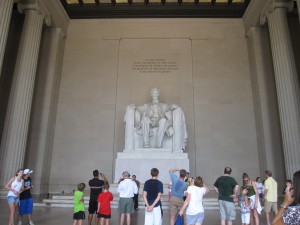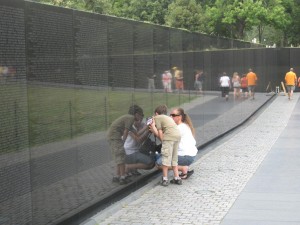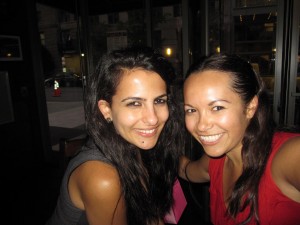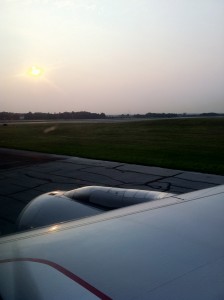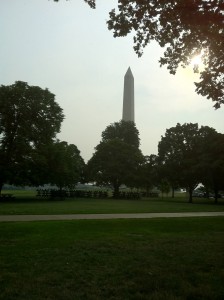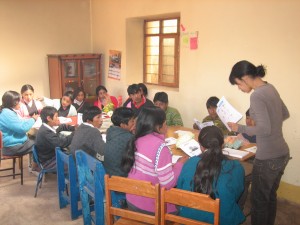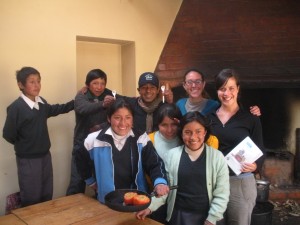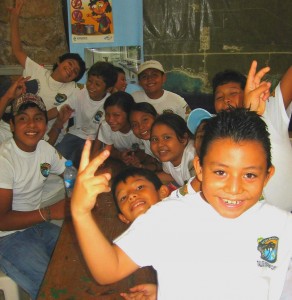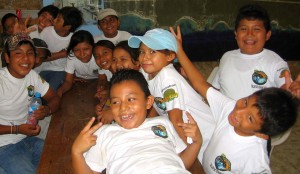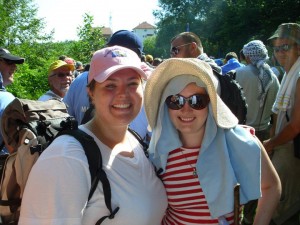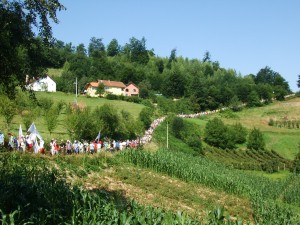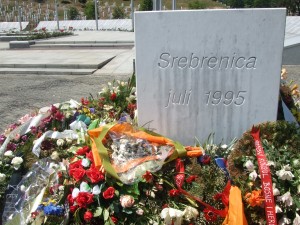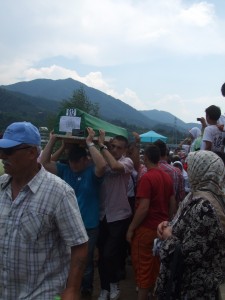Working Remotely, Globally & Captain America!
In this economic downturn, I had to make a couple big decisions this summer. One was to turn down several internship and job offers that were unpaid. I also had to turn down a couple lower paying opportunities that were not in Monterey where my apartment is, nor Boston where I could potentially live with my family. Instead, I offered up my global communications/marketing and project management skills to organizations I had worked for in the past (one which I did a school project on last semester), to friends, old colleagues and other professional networks to put together several jobs that could make up a decent wage for the summer. After 6-8 hours of class for DPMI and a couple more everyday for networking, I’d go home every night and send out proposals, notes, job applications and follow-ups to contacts and friends seeking opportunities. I was determined to make something work that was paid, exhibited a “next level” transition from my managerial experience, and also offered the opportunity to gain work experience in various sectors if possible to help me decide where I truly want to be working next year.
After securing four opportunities at the end of June, I then moved back to Boston to live with my family. Consulting for a social enterprise, a non-profit and a for profit start-up infrastructure and technology development investment and services company – also connected to the UN’s South to South Network—I had the incredible experience of not only working remotely, but digitally and “glocally.” It was not easy. The challenge of consulting on my own and working with offices in Budapest, Bucharest, Capetown, Buenos Aires, NYC and San Francisco were taxing while working across so many different time zones and with different cultures. However, what else did I learn? I learned that I could do it, and it was fun and fulfilling! Often balancing many different deadlines, conference calls and time zones, I reinforced my time management skills, my cross-cultural communications abilities and became creative and more efficient as my projects were based on a set amount of hours. With this, I taped into academic skills learned from school, professionally reinforced some goals and assumptions I had, and folded in some personal passion too (as working in international settings has been something I’ve been crazy about since I took my first international trip).
My work day was not traditional and with the vast amount of time difference for any number of clients, my day tended to start early in the morning, and end late the night. I’ve learned a lot this summer from independent consulting, and it’s put a lot of pressure on, but I’ve been able to show tangible results like global strategic online communications plans, setting up a project management financial planning infrastructure online through QuickBooks, or producing a brand-driven institutional marketing video — one that also informs people about the social enterprise sector in general. I worked hard and a lot, but the flexibility gave way for personal time.
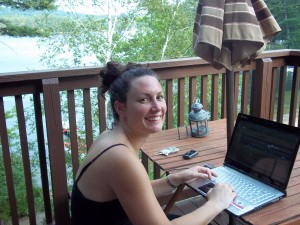
Picture 1 – Working by the lake remotely – view after my 11am phone call with Capetown and before my 12pm with Buenos Aires.
The nice thing about this is I could manage my own schedule. Since my work day was long, I was able to take breaks to explore historical Boston Area by foot or by Kayak. I was able to work in NYC and Philadelphia while visiting family and friends. I was also able to pitch in and meet with a number of different prospective MIIS students and catch up with my nephews.
Another great thing I could was work on some philanthropy that I have missed out on back home, was working with an organization that some of my good friends from home started a non-profit and fund called “Birdies for Bardsley” for our dear friend that passed away too young because of an accident about ten years ago.
Picture 2 – Matthew Owen Bardsley’s memorial scholarship and annual tournament and Website here.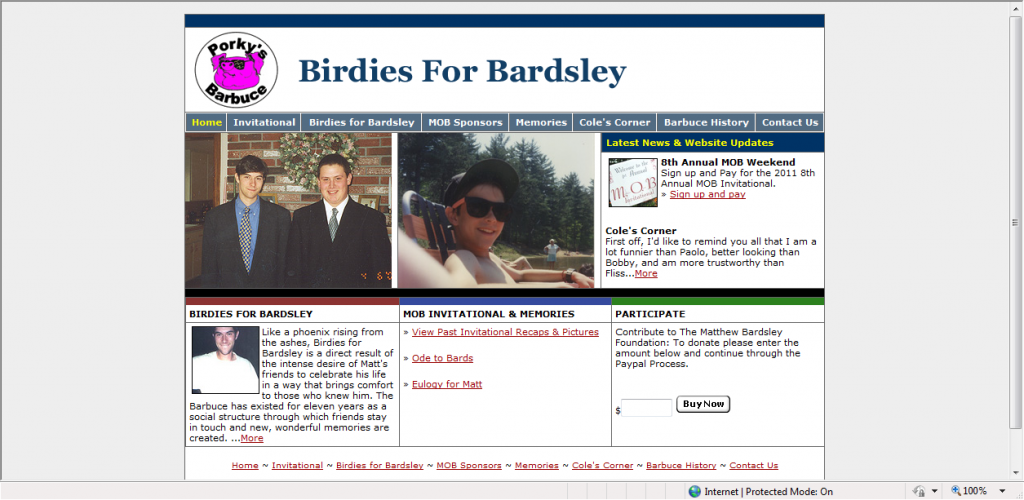
We raise money to go toward a scholarship for a graduating senior at our high school and toward the T-ball league we started for young children in our town. Every year we hold a memorial golf tournament to fundraise (where I usually am made to dig up my deep-rooted sales techniques and have the very important job of “selling the raffle tickets”). We also hold a memorial party the night before and it’s a wonderful weekend filled with loved ones, the sports Bardsley loved best, and the people he loved best too, with many more extras to boot. This year we raised $3000 for the raffle only (phew I made my sales quota from my tough bosses!), and much more from the tournament. It was a huge success.
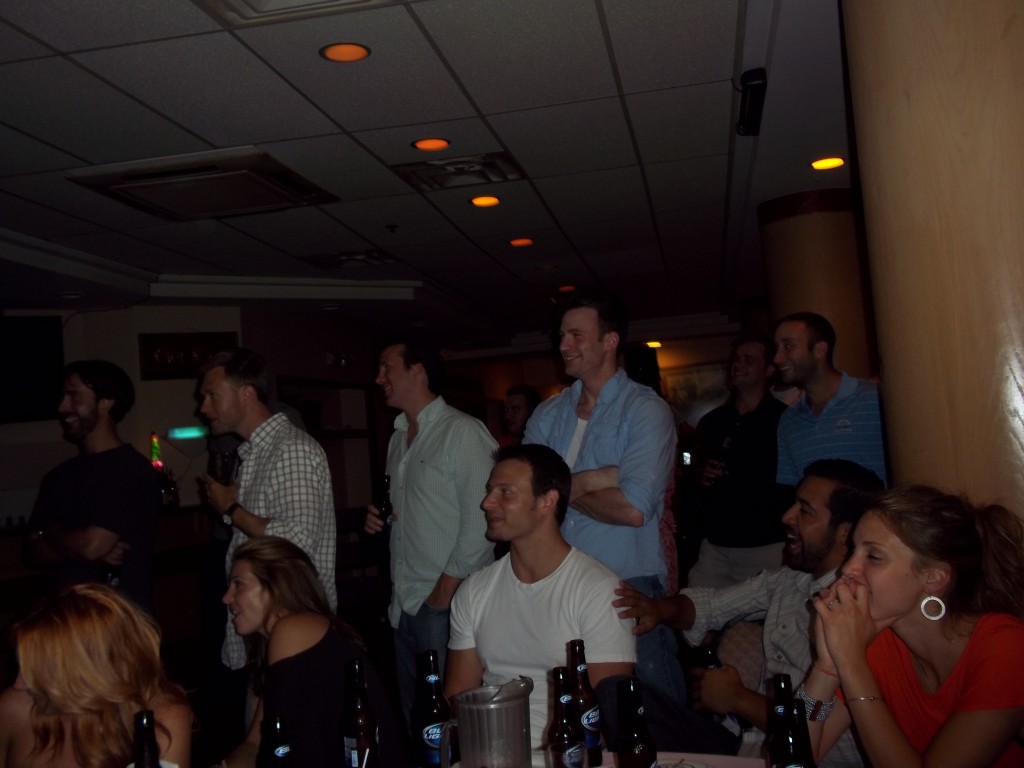 Picture 3 – The annual tournament pre-gala with memorial slideshow of Matt Bardsley where we gather together and with his family to pay tribute. “Captain America,” my old friend Chris Evans, laughs at old photos and memories in the back middle among friends.
Picture 3 – The annual tournament pre-gala with memorial slideshow of Matt Bardsley where we gather together and with his family to pay tribute. “Captain America,” my old friend Chris Evans, laughs at old photos and memories in the back middle among friends.
In addition to great pictures and memories that come out of it– knowing we can pass on this positive energy to support youth sports and development means a lot. It adds even more that a graduating senior going onto college to pursue a career in the public sector (like Matthew Bardsley) will have an opportunity because of the generosity shared in his name. A final surprise that makes it special if our friend, Chris Evans, the famous actor, who always makes it back. Chris is otherwise known as “Captain America” today, finding him plastered across buildings across the U.S., on Dunkin Donuts cups or your facebook feed. He is the guy next door, my buddy– just a down to earth guy and a great friend who always makes it back to give us hugs, share stories and laughs.
It’s funny how even “Captain America” can be a warm reminder of how far I’ve come globally, and with work and graduate school. His visit, not digitally to my Web browser or my local theater, his presence can also serve as the farthest reach or goal we can hit, but also as a reminder of what is local, and the community I call “home.”
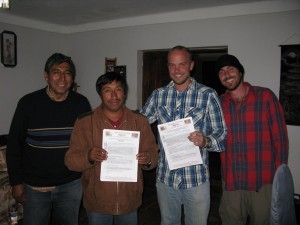 Throughout the years it has always been a priority to coordinate our efforts with the local governments in the areas we work. In previous years this undertaking has been difficult, but fortunately a new administration was elected in January and we have a serious working relationship with the Lares government. This administration headed by Mayor Urbano Yupanki has put a lot of effort into assisting us and making sure we have the resources we need. In May the mayor dedicated two of his vehicles to help The Becky Fund distribute school supplies throughout the Lares region. During greenhouse construction our group enjoyed the availability of trucks to transport thousands of rocks and even the occasional motorcycle to help me get to remote communities.
The mayor of Lares oversees a vast territory with approximately 40,000 people. By road it takes him round trip around 13 hours to reach the furthest communities. The Lares district is the third poorest district in the whole country; there are hundreds of districts in the country. They are under funded, under resourced, under staffed, under educated, and lack capacity. What they lack in resources they make up for in their commitment to improve the lives of the indigenous people who populate the district. They have witnessed the organized, responsible activities carried out by our group of graduate students and they value what we bring to the table.
The Andean Alliance and Mayor Urbano signed their first two formal agreements in January of 2011. These two agreements committed both sides to working together to establish two agriculture projects including construction for four greenhouses and the distribution of school supplies to thousands of children.
Team Peru’s relationship with the local government is crucial to the success of the projects. Our graduate students have a lot to offer and we can maximize our impact by working together with local leaders. We are only 6 months into our relationship but I envision many years ahead filled with challenges, opportunities and shared success. ~Aaron
Throughout the years it has always been a priority to coordinate our efforts with the local governments in the areas we work. In previous years this undertaking has been difficult, but fortunately a new administration was elected in January and we have a serious working relationship with the Lares government. This administration headed by Mayor Urbano Yupanki has put a lot of effort into assisting us and making sure we have the resources we need. In May the mayor dedicated two of his vehicles to help The Becky Fund distribute school supplies throughout the Lares region. During greenhouse construction our group enjoyed the availability of trucks to transport thousands of rocks and even the occasional motorcycle to help me get to remote communities.
The mayor of Lares oversees a vast territory with approximately 40,000 people. By road it takes him round trip around 13 hours to reach the furthest communities. The Lares district is the third poorest district in the whole country; there are hundreds of districts in the country. They are under funded, under resourced, under staffed, under educated, and lack capacity. What they lack in resources they make up for in their commitment to improve the lives of the indigenous people who populate the district. They have witnessed the organized, responsible activities carried out by our group of graduate students and they value what we bring to the table.
The Andean Alliance and Mayor Urbano signed their first two formal agreements in January of 2011. These two agreements committed both sides to working together to establish two agriculture projects including construction for four greenhouses and the distribution of school supplies to thousands of children.
Team Peru’s relationship with the local government is crucial to the success of the projects. Our graduate students have a lot to offer and we can maximize our impact by working together with local leaders. We are only 6 months into our relationship but I envision many years ahead filled with challenges, opportunities and shared success. ~Aaron  Throughout the years it has always been a priority to coordinate our efforts with the local governments in the areas we work. In previous years this undertaking has been difficult, but fortunately a new administration was elected in January and we have a serious working relationship with the Lares government. This administration headed by Mayor Urbano Yupanki has put a lot of effort into assisting us and making sure we have the resources we need. In May the mayor dedicated two of his vehicles to help The Becky Fund distribute school supplies throughout the Lares region. During greenhouse construction our group enjoyed the availability of trucks to transport thousands of rocks and even the occasional motorcycle to help me get to remote communities.
The mayor of Lares oversees a vast territory with approximately 40,000 people. By road it takes him round trip around 13 hours to reach the furthest communities. The Lares district is the third poorest district in the whole country; there are hundreds of districts in the country. They are under funded, under resourced, under staffed, under educated, and lack capacity. What they lack in resources they make up for in their commitment to improve the lives of the indigenous people who populate the district. They have witnessed the organized, responsible activities carried out by our group of graduate students and they value what we bring to the table.
The Andean Alliance and Mayor Urbano signed their first two formal agreements in January of 2011. These two agreements committed both sides to working together to establish two agriculture projects including construction for four greenhouses and the distribution of school supplies to thousands of children.
Team Peru’s relationship with the local government is crucial to the success of the projects. Our graduate students have a lot to offer and we can maximize our impact by working together with local leaders. We are only 6 months into our relationship but I envision many years ahead filled with challenges, opportunities and shared success. ~Aaron
Throughout the years it has always been a priority to coordinate our efforts with the local governments in the areas we work. In previous years this undertaking has been difficult, but fortunately a new administration was elected in January and we have a serious working relationship with the Lares government. This administration headed by Mayor Urbano Yupanki has put a lot of effort into assisting us and making sure we have the resources we need. In May the mayor dedicated two of his vehicles to help The Becky Fund distribute school supplies throughout the Lares region. During greenhouse construction our group enjoyed the availability of trucks to transport thousands of rocks and even the occasional motorcycle to help me get to remote communities.
The mayor of Lares oversees a vast territory with approximately 40,000 people. By road it takes him round trip around 13 hours to reach the furthest communities. The Lares district is the third poorest district in the whole country; there are hundreds of districts in the country. They are under funded, under resourced, under staffed, under educated, and lack capacity. What they lack in resources they make up for in their commitment to improve the lives of the indigenous people who populate the district. They have witnessed the organized, responsible activities carried out by our group of graduate students and they value what we bring to the table.
The Andean Alliance and Mayor Urbano signed their first two formal agreements in January of 2011. These two agreements committed both sides to working together to establish two agriculture projects including construction for four greenhouses and the distribution of school supplies to thousands of children.
Team Peru’s relationship with the local government is crucial to the success of the projects. Our graduate students have a lot to offer and we can maximize our impact by working together with local leaders. We are only 6 months into our relationship but I envision many years ahead filled with challenges, opportunities and shared success. ~Aaron 


